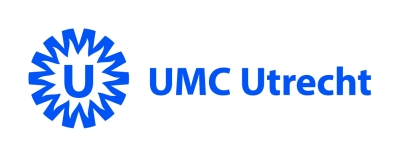Data-driven integrated diagnostics and surveillance to improve patient safety
A learning healthcare system, where data resulting from routine care is used to improve routine care, is a promising concept. However, understanding and integrating the plethora of diagnostic testing data that is generated by diagnostic laboratories can be a challenge to healthcare professionals, thereby underutilising their combined potential. Within DAIDALuS they aim to co-create a sustainable and regulation-compliant core-platform for data-driven integrated diagnostics and surveillance.
During their hospital stay patients are at risk of developing adverse events. Patients may become colonised or infected with (resistant) bacteria or viruses, leading to a prolonged length of stay in hospital and complicating their treatment. In addition, in response to treatment with medication, they may develop drug-induced toxicity, thereby increasing the burden of disease.
The developed core-platform will be used to validate and optimise cluster detection systems that detect transmission of bacteria and viruses in hospitals and identify possible transmission routes by using the breadth of available routine care data in an unbiased manner. In a second use-case, this project will explore the value of laboratory data to detect and predict drug-related toxicity (e.g. kidney failure, anemia) resulting from high-risk medication such as antibiotics and chemotherapy.
The DAIDALuS platform will thus support a healthier environment for patients, facilitating a shorter and healthier hospital stay through personalised, integrated diagnostics and surveillance.


